Are you struggling to understand the differences between skateboard hardware types? Whether you’re a seasoned pro or just starting out, selecting the right components can make a big difference in your riding experience. In this comprehensive guide, we’ll dive deep into the world of skateboard hardware, exploring everything from types and sizes to materials and manuals. From aluminum to titanium, and everything in between, we’ve got you covered. This guide is designed to provide you with all the information you need to make an informed decision, ensuring you equip yourself with the knowledge to make the perfect choice for your setup. Let’s get started and unlock the secrets to optimizing your skateboard hardware for peak performance!
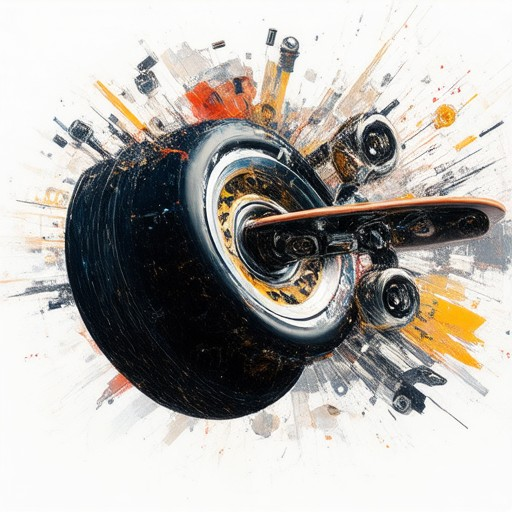
Types of Skateboard Hardware
Skateboard hardware refers to the various components that make up the mechanical parts of a skateboard. These components work together to ensure the skateboard functions properly and safely. Below is a breakdown of the most common types of skateboard hardware:
- Kingpin and Kingpin Nut: The kingpin is the central component that holds the truck to the skateboard. It is located at the front of the board and connects the truck to the rest of the skateboard. The kingpin nut is attached to the kingpin and secures it in place.
- Trucks: Trucks are the metal plates that attach to the skateboard and hold the wheels. They come in different shapes and sizes, such as cruiser trucks for longer boards and street trucks for standard boards.
- Wheels: Wheels are the circular components that attach to the trucks and allow the skateboard to roll. They come in various sizes, from 51mm to 83mm, and different durometers, which affect grip and speed.
- Bearings: Bearings are small steel rings that fit inside the wheels. They reduce friction and allow the wheels to spin smoothly. High-speed bearings are often used for better performance.
- Axle Nuts: These are the small nuts that secure the trucks to the skateboard. They are located on the underside of the board and are essential for keeping everything in place.
- Wheel Hubs: The hub is the center of the wheel where the bearings sit. Some hubs are made of plastic or aluminum, depending on the type of wheel.
- Risers: Risers are thin pieces of material, usually plastic or rubber, that mount between the skateboard and the trucks. They provide extra height and stability, especially for flip tricks.
- Bushings: Bushings are small cylindrical pieces of rubber or plastic that fit into the trucks. They help distribute weight and absorb shock during maneuvers.
- Shorty’s Bolts: These are the bolts that attach the trucks to the skateboard. They are named after the late Shorty Snyder, a legendary skateboarder who popularized their use.
- Cone Washers: Cone washers are cone-shaped pieces of metal or plastic that fit over the axle nuts. They protect the nuts from getting caught on things like curbs or gravel.
Skateboard Hardware Size Guide
To determine the correct size of skate hardware for your skateboard, consider the following:
- Without Shock Pads: If you skate without shock or riser pads, 7/8″ – 1″ bolts are sufficient. These lengths ensure proper tension without adding unnecessary bulk.
- With Standard Shock Pads: If you use standard shock pads with a height of 1/8″, opt for 1″ – 1 1/8″ bolts. This accounts for the added thickness of the pads, allowing for better fit and stability.
- Consider Truck Dimensions: Ensure the bolts fit securely within your trucks. Longer bolts may be needed for wider trucks to prevent movement and ensure proper alignment.
- Bolt Material: Hexagonal bolts are commonly used for their secure grip, though other materials may offer benefits depending on your setup.
Remember to measure your trucks accurately and check the thickness of your shock pads to choose the right hardware size for optimal performance and longevity.
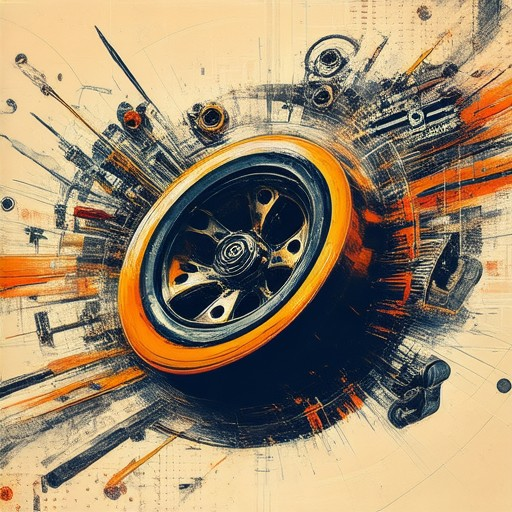
Is All Skateboard Hardware the Same?
Skateboard hardware varies significantly in design, functionality, and performance, with different options catering to various preferences and riding styles. While many components may seem similar, their differences can greatly impact how your board performs and feels.
One of the primary distinctions lies in the hardware types:
- Phillips Screws vs. Allen Bolts: Phillips screws are the most common, requiring a standard screwdriver for tightening. Allen bolts, on the other hand, require a 1/8-inch Allen wrench, which can sometimes be less convenient but offer better control during adjustments.
- Size and Shape: Hardware size can vary depending on the skateboard model. Larger boards often use bigger bolts or longer screws to accommodate wider frames, while smaller boards may use finer hardware for precision.
- Material and Durability: Different materials are used for hardware, affecting both weight and longevity. Sturdy metals like aluminum or titanium are preferred for high-stress areas, while softer metals may be used for decorative or low-stress applications.
- Torque Settings: Proper torque is crucial for both safety and performance. Over-tightening can cause damage, while loose hardware may lead to wobbling or instability.
When choosing skateboard hardware, consider your riding style and the specific requirements of your board. Whether you’re looking for ease of use or maximum customization, there are options to suit every preference. Always refer to manufacturer guidelines for recommended torque settings and hardware sizes to ensure optimal performance and safety.
Kickflip Boards recommends exploring options from reputable brands like Element Skateboards or The Board Doctor to find the perfect fit for your setup.
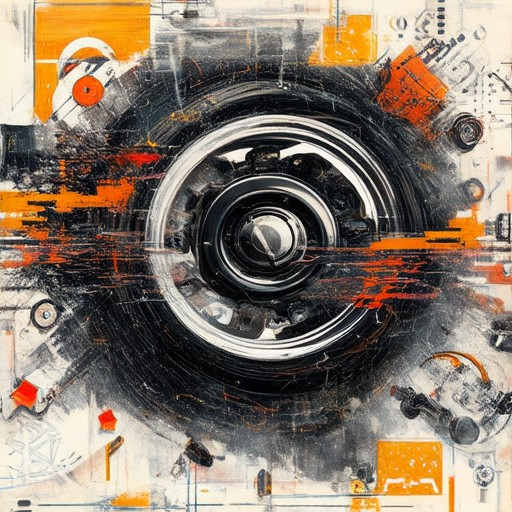
Hardware Size for 1/2-Inch Risers
A 1/2-inch riser is a standard component in skateboard setups, designed to fit snugly within the trucks. Here’s a breakdown of how it works:
Truck Compatibility
- Riser Width : The 1/2-inch width of the riser corresponds to common truck sizes like 50mm or 55mm. This ensures proper alignment and stability.
- Truck Fit : The riser sits within the truck’s base, allowing for secure placement of the wheels. Proper fit prevents the trucks from loosening during use.
Wheel Considerations
- Wheel Diameter : Typically paired with 51mm or 53mm wheels, the riser helps position the wheels correctly, optimizing both speed and control.
- Wheel Well Fit : The riser’s shape accommodates the wheel’s diameter, ensuring a comfortable ride and preventing slippage.
Style and Stability
- Cruising Comfort : Ideal for smooth rides and long distances, the 1/2-inch riser offers a balance between stability and responsiveness.
- Maneuverability : While offering stability, it allows for quick turns and sharp carves, suitable for various riding styles.
Compatibility and Setup
- Material and Durability : Constructed from durable materials, the riser is built to last, resisting wear and tear from regular use.
- Customization Options : Depending on personal preference and riding style, risers can be slightly adjusted, though the standard size generally works well for most skateboarders.
This setup provides a versatile and reliable foundation for your skateboard, accommodating a range of riding preferences and skill levels.
What Are the Different Skateboard Materials?
Skateboards come in various materials, each offering unique characteristics for different riding styles and skill levels. Here’s a breakdown of the most common skateboard materials:
- Maple Wood: Known for its strength and responsiveness, maple wood is the traditional choice for skateboard decks. It provides excellent durability and energy transfer, making it ideal for street skating and park sessions.
- Bamboo: A sustainable alternative, bamboo is lightweight yet strong. It offers a unique flex pattern and is often preferred for its eco-friendliness and versatility in different terrains.
- Fiberglass: Combined with resin, fiberglass creates a lightweight and stiff board. It’s commonly used for longboards due to its ability to absorb shocks effectively.
- Polypropylene: Known for its impact resistance, polypropylene is a popular choice for cruiser boards and kids’ skateboards. It’s lightweight and durable, making it great for casual riders.
- Aluminum: While less common, aluminum decks are known for their strength and portability. They are lightweight and can handle heavy impacts, though they may feel stiffer compared to wooden boards.
Each material has its advantages, so the choice depends on your riding style and preferences. Whether you’re looking for classic performance or something more modern, there’s a skateboard material suited for you.
For more details on these materials and their applications, check out our complete skateboard materials guide .
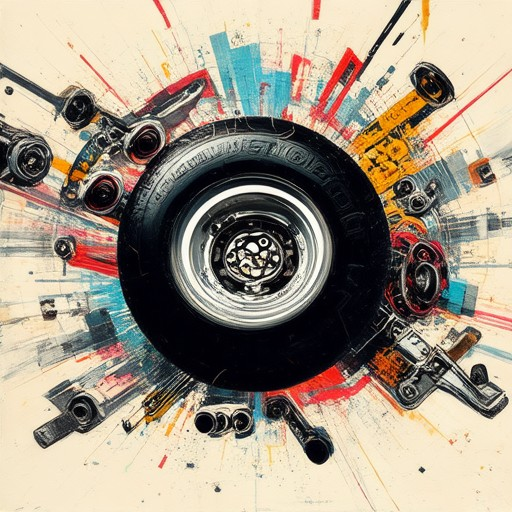
Types of Manuals on Skateboards
Skateboard manuals encompass various trick-specific techniques and styles that skateboarders use to navigate the board. Here are the primary categories of skateboard manuals:
- Nose Manuals : These involve spinning the skateboard 180 degrees using the nose of the board. This technique is often performed during tricks like the 360 Flip or Varial .
- Tail Manuals : This type of manual uses the tail of the skateboard to spin 180 degrees. It is commonly used in tricks such as the Crooked or Switch Stance maneuvers.
- Combos : A combo refers to performing multiple manual spins in quick succession. This could be a combination of nose and tail manuals back-to-back, showcasing advanced skill level.
- Grinds : While not a manual in the traditional sense, grinds involve sliding the skateboard along edges or surfaces, like rails or ledges, which require precise control and balance.
- Trick Manuals : Some tricks, like the Magic Carpet or Bunny Hop , involve unique manual techniques that blend manual spinning with other movements.
Kickflip Boards offers comprehensive guides and video tutorials covering these manual variations, helping skateboarders of all levels improve their skills. Explore our resources for tips on mastering each technique and staying updated with the latest trends in skateboarding culture.
Learn More
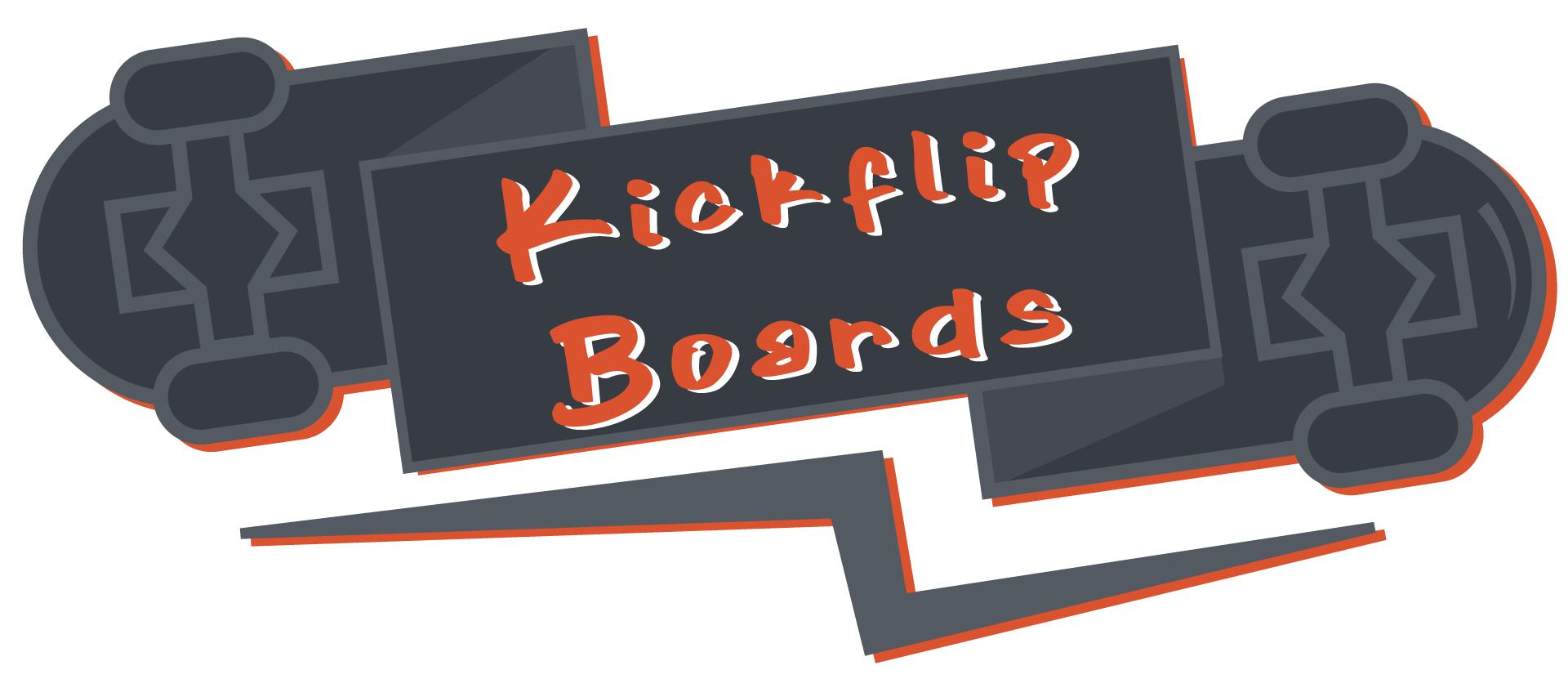



0 Comments